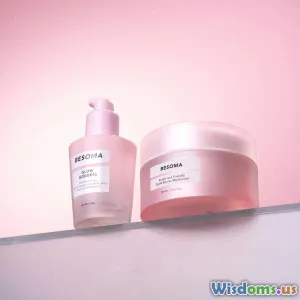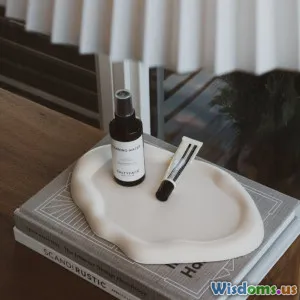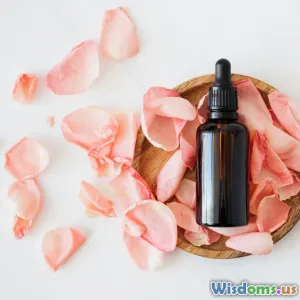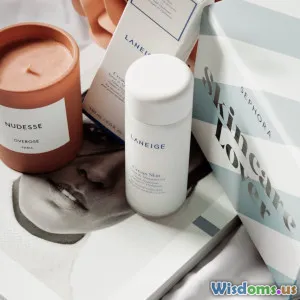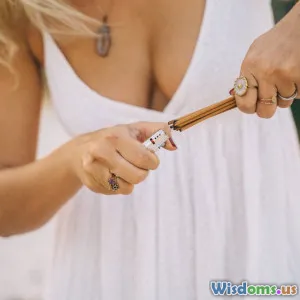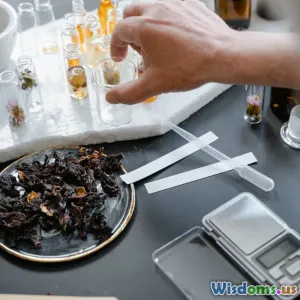
Natural Ingredients in Ancient Beauty
6 min read Explore the role of natural ingredients in ancient beauty routines and their relevance today. (0 Reviews)
Natural Ingredients in Ancient Beauty
Beauty has always been a focal point of human culture, with ancient civilizations laying the groundwork for modern practices. From the Egyptians to the Greeks, societies utilized natural ingredients for skincare, haircare, and overall beauty enhancement. This article explores the natural ingredients that were staples in ancient beauty routines and their relevance in today’s beauty landscape.
The Egyptian Influence: Oils and Herbs
Ancient Egyptians are perhaps the most well-known for their beauty rituals, often depicted in artwork as well-groomed and pristinely dressed. The use of oils and herbs was a significant element in their beauty practices:
1. Castor Oil
Used for its moisturizing properties, castor oil was applied to the skin and hair. The Egyptians believed it offered protection against the sun and kept the skin hydrated. Today, castor oil is still popular for its ability to promote hair growth and maintain skin health.
2. Frankincense
This aromatic resin was not only used in religious ceremonies but also in skincare. Known for its anti-aging properties, frankincense helped in reducing the appearance of scars and blemishes. Modern skincare brands often incorporate frankincense for its rejuvenating benefits.
Greek Beauty: The Pursuit of Perfection
The ancient Greeks celebrated beauty and health, believing that physical appearance reflected one’s inner virtue. They utilized various natural ingredients to achieve their beauty ideals:
3. Olive Oil
Olive oil was a staple in Greek beauty routines, known for its moisturization and anti-inflammatory properties. It was used in baths to soften the skin and in hair preparations to enhance shine. Today, olive oil continues to be revered in both culinary and cosmetic realms for its nourishing qualities.
4. Honey
The Greeks applied honey not just as a sweetener but also as a skin conditioner. Its natural antibacterial properties make it an excellent choice for treating acne and hydrating skin. Honey masks are a popular DIY skincare treatment today.
Asian Traditions: Rice and Herbal Infusions
In ancient Asia, beauty was deeply intertwined with traditional medicine. Natural ingredients were central to beauty rituals:
5. Rice Water
Used by Japanese women for centuries, rice water is rich in vitamins and minerals. It was believed to strengthen hair and improve skin texture. Modern beauty enthusiasts have rediscovered rice water as a natural hair rinse and facial toner, highlighting its versatility.
6. Green Tea
Celebrated for its antioxidant properties, green tea was used in various forms, from drinking it to applying it topically. Its anti-inflammatory effects help soothe irritated skin and reduce signs of aging, making it a staple in contemporary skincare products.
Native American Practices: Nature’s Bounty
Native American cultures also held a wealth of knowledge regarding natural beauty ingredients. They employed plants and herbs that were abundant in their surroundings:
7. Sage and Cedar
These herbs were often used in cleansing rituals, believed to purify not only the body but also the spirit. Today, the essence of these ingredients is often found in holistic beauty products aimed at promoting wellness.
8. Cornmeal
Used as a natural exfoliant, cornmeal helped in sloughing off dead skin. Its gentle abrasive quality makes it a great natural scrub, still favored in homemade beauty treatments.
Conclusion: A Return to Nature
The beauty practices of ancient civilizations showcase a profound understanding of nature’s gifts. From oils and herbs to grains and teas, these natural ingredients have stood the test of time, proving their efficacy in enhancing beauty. In an era where synthetic products dominate the market, there is a growing movement toward embracing natural ingredients, echoing the wisdom of our ancestors. Incorporating these elements into modern beauty routines not only honors ancient traditions but also promotes healthier, more sustainable beauty practices.
As we continue to explore and innovate within the beauty industry, let us not forget the power of nature that has shaped our past and can redefine our future.
Rate the Post
User Reviews
Popular Posts










